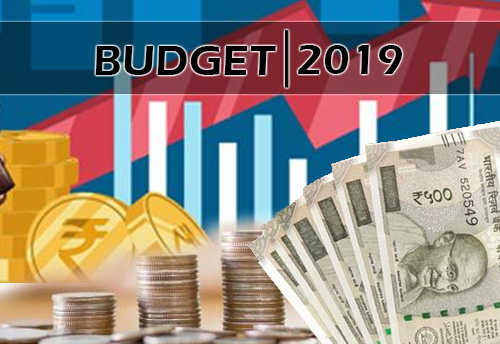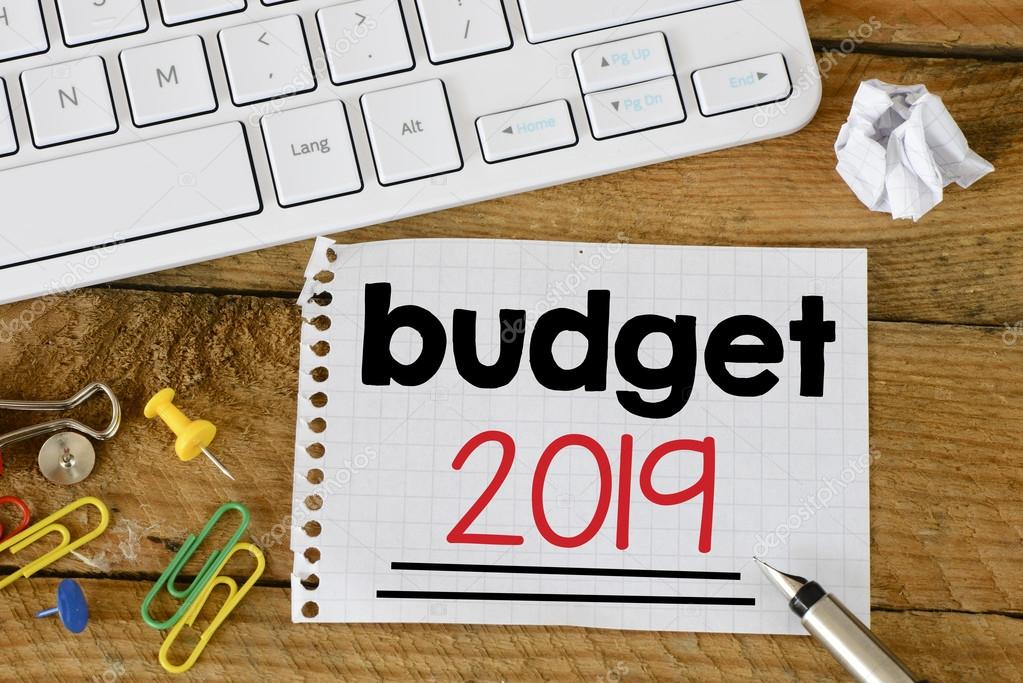The school education system in India is facing a shortage of trained teachers and a lack of proper infrastructure.
Interim Budget 2019: India stepped up its spending on school education by 9.35% from 2014-15 (Rs 45,722.41 crore) to 2018-19 (Rs 50,000 crore). But education’s share in the total union budget fell from 2.55% to 2.05% in this period, according to an IndiaSpend analysis of budgetary data.
On February 1, 2019, when the ruling Bharatiya Janata Party (BJP) presents its last budget before general elections, it will have to address a critical issue in India’s school education: Its quality compares poorly with many south Asian and BRICS nations even though India spends a higher percentage of its gross domestic product (GDP) on education.
In rural India, almost half of grade V students cannot read a grade II text and more than 70% them cannot do division, said the Annual Status of Education Report (ASER) 2018. These numbers indicate a fall in standards over the last 10 years.
On February 1, 2019, when the ruling Bharatiya Janata Party (BJP) presents its last budget before general elections, it will have to address a critical issue in India’s school education: Its quality compares poorly with many south Asian and BRICS nations even though India spends a higher percentage of its gross domestic product (GDP) on education.
In rural India, almost half of grade V students cannot read a grade II text and more than 70% them cannot do division, said the Annual Status of Education Report (ASER) 2018. These numbers indicate a fall in standards over the last 10 years.
Twin problems of school funding: low allocation and underutilisation
Till April 2018, school education in India was mostly covered by three centrally-sponsored schemes:- Sarva Shiksha Abhiyan (SSA or education for all) that aims to provide universal education to all children between the ages of 6 to 14 years.
- Rashtriya Madhyamik Shiksha Abhiyan (RMSA or national middle education mission) which facilitates secondary education.
- Teacher Education which aims to create sound institutional infrastructure for pre-service and in-service training of elementary and secondary school teachers.


























